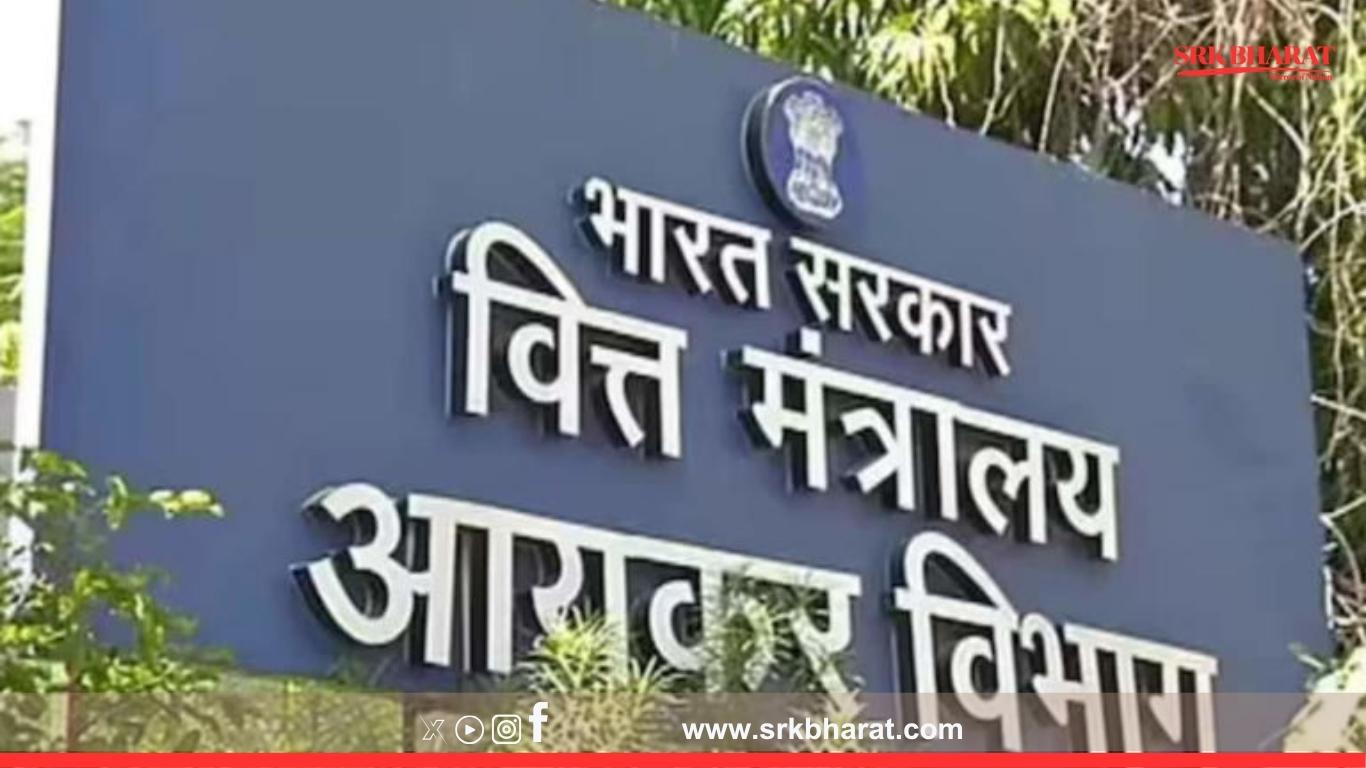A US-based Non-Resident Indian (NRI) faced a harrowing tax ordeal after selling a property in Pune for ₹2 crore, all due to a technical error by the buyer—who used the wrong TDS form while deducting tax at source. The mistake triggered a ₹46 lakh tax demand from the Income Tax Department, despite the NRI having paid advance capital gains tax of ₹1.91 lakh.
What Went Wrong?
The buyer deducted 20% TDS (₹18.68 lakh) but mistakenly filed it using Form 26QB, which is meant for resident sellers. For NRIs, the correct form is Form 27Q. As a result, the deducted tax didn’t appear in the NRI’s Annual Information Statement (AIS), preventing him from claiming credit while filing his Income Tax Return (ITR).
Tax Department’s Stand and Legal Battle
Despite the buyer producing a valid bank challan, the tax department refused to rectify the error, citing procedural constraints that required the buyer’s written consent, indemnity bond, and other documents. The NRI was issued a notice under Section 148(b) and later slapped with a ₹46 lakh demand, along with penalty proceedings under Section 270A.
Delhi High Court’s Verdict: Substance Over Form
In a significant ruling on May 27, 2025, the Delhi High Court sided with the NRI, directing the Income Tax Department to correct the TDS record and reflect the deducted amount in the seller’s account. The court emphasized that genuine tax compliance should not be penalized due to procedural lapses by third parties.
“In the peculiar facts of this case, we consider it apposite to direct the Revenue to correct the record,” the court stated.
Key Takeaways for NRIs and Buyers
- Buyers purchasing property from NRIs must use Form 27Q, not 26QB
- NRIs should verify TDS credits in Form 26AS and AIS before filing returns
- In case of discrepancies, legal recourse is available if tax has been rightfully deducted and paid











